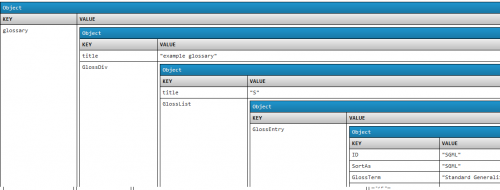Archive for January, 2012
Using Pretty Print to print JSON structure
I needed to build a “test-api” page for my team so that they could test there API without writing too much code. Nothing special, just a page with a textarea where someone puts in a request string, and another field, where we show the response sent by the server. The server response are in JSON format. For simple responses, everything was fine. But in cases, where the response was huge or had a complex structure, we wanted someway to show the structure in a more readable format. Something that helped developers see the hierarchy.
This is where pretty print (by James Padolsey) helped us.
Its dead simple to use:
[code language=”javascript”]
//include prettyprint .js:
//data contains the JSON response sent by the server.
$(“#detail”).append((prettyPrint($.parseJSON( data ), {
maxArray: 100,
expanded: false,
maxDepth: 100
})));
[/code]
E.g. Output:
Skipping Fields when deserializing JSON using gson
Recently, we’re working on legacy code, where a json strings were to be serialized into java classes. These java classes had a deep hierarchy and some classes had field names same as defined in their parent classes. And these fields were not used at all.
GSON, makes it very simple to handle such scenarios. Use GsonBuilder and add an exclusionStrategy.
E.g.:
[code lang=”java”]
new GsonBuilder().setExclusionStrategies(new ExclusionStrategy() {
@Override
public boolean shouldSkipField(FieldAttributes field) {
if (field.getName().equals(“FIELD_NAME_TO_BE_SKIPED”)) {
return true;
}
return false;
}
@Override
public boolean shouldSkipClass(Class clazz) {
return clazz.equals(CLASS_TO_BE_SKIPPED.class);
}
}).create().fromJson(json, respClass);
[/code]
